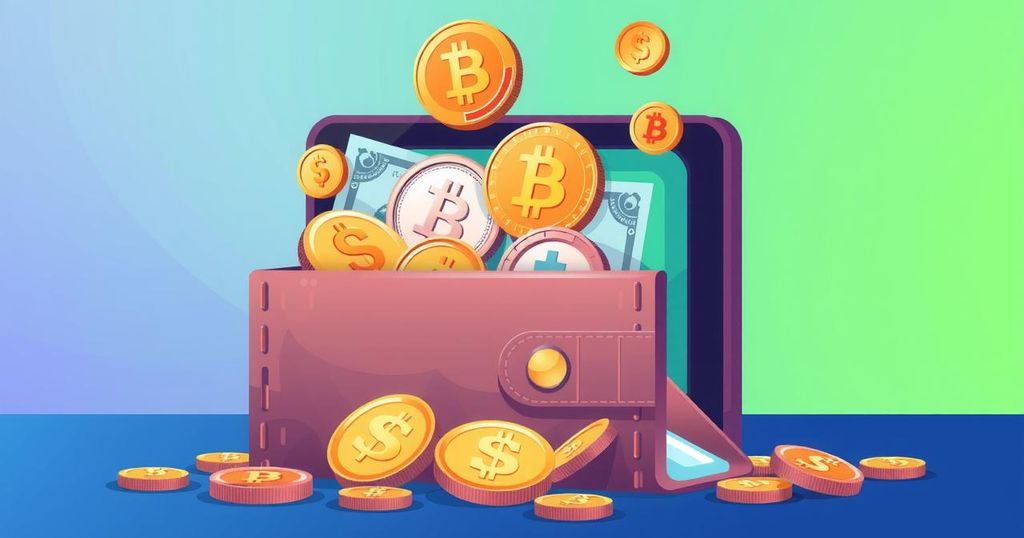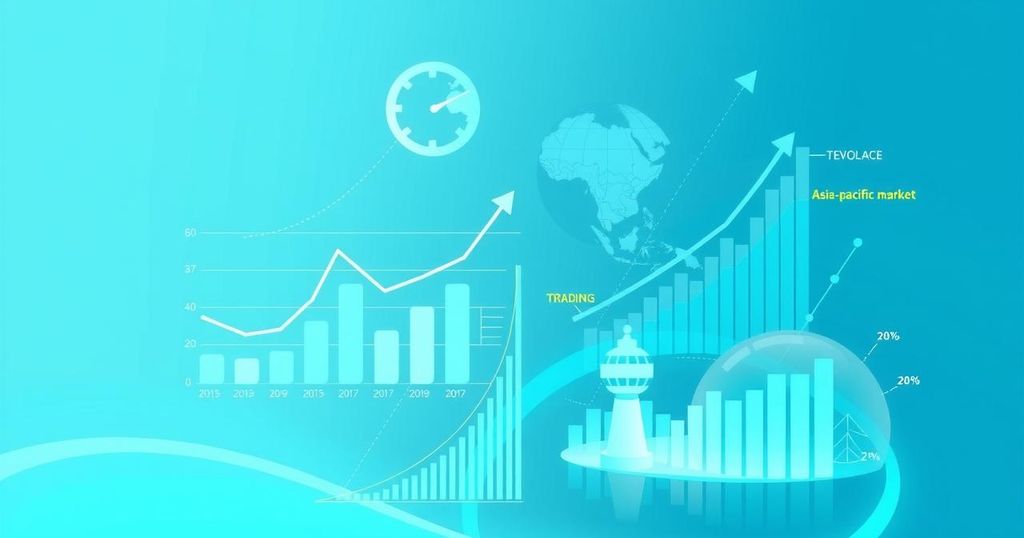Nigeria’s Shift to Digital Payments: A Projection Towards 2030
Nigeria is projected to reduce cash payments by 32% by 2030, as digital transactions rise significantly due to improved financial access via smartphones. The report highlights Nigeria’s leading position in cash payments compared to neighboring countries and notes a substantial increase in electronic transactions driven by a cashless policy.
Nigeria is experiencing a notable transformation towards digital payment methods, forecasted to decrease cash payments by 32% by 2030, as detailed in Worldpay’s Global Payment Report 2024. The availability of financial services through smartphones in remote communities is significantly enhancing access to the global economy for millions of Nigerians.
The report indicates that Nigeria holds a leading position in cash transactions among Middle Eastern and African countries, contributing 40% of point-of-sale (PoS) transactions in 2024, down from 91% in 2019. In comparison, countries like Saudi Arabia, South Africa, and the UAE show lower cash usage at 22%, 30%, and 17%, respectively, for the same period.
A decade of improvements in financial inclusion is evident, with the World Bank noting that the percentage of banked Nigerians rose from 30% in 2011 to 45% by 2021. Additionally, the Nigerian Inter-Bank Settlement System (NIBSS) reported an impressive rise in active bank accounts, reaching 311 million in 2024, reflecting the nation’s swift financial evolution.
The report highlights that account-to-account (A2A) transfers via the NIBSS Instant Payments (NIP) system have become the primary method for e-commerce transactions in Nigeria. A2A payments through NQR are also emerging as the second most popular option at the PoS, following cash, indicating a rising acceptance of instant payment methods.
Recent statistics reveal that electronic payment transactions reached a record high of N1.07 quadrillion in 2024, representing a 79.6% increase from N600 trillion in 2023. The volume of e-payments also rose significantly, with total transactions processed by NIBSS increasing from 9.7 billion in 2023 to 11.2 billion in 2024, a 15.5% year-on-year growth. Moreover, PoS transactions jumped to N19.4 trillion, up 81% from N10.73 trillion in 2023.
Experts attribute this spike in electronic transactions to several factors, including the cash scarcity experienced in early 2023 and the ongoing enforcement of the Central Bank of Nigeria’s cashless policy. Furthermore, the GPR report underscores the progression of the MEA region in digital payment methods, with digital transactions accounting for 49% of total value in 2024 compared to 29% in 2014, showing an anticipated dominance of 65% by 2030.
The shift in PoS transactions is striking; digital payments comprised only 1% of PoS transaction value in 2014, but have climbed to one-third of the market by 2024. Projections suggest that digital payments will achieve 47% of PoS transaction value by 2030, coming close to traditional cash and card payments.
In summary, Nigeria’s move towards digital payment systems signifies a transformative shift in its financial landscape, with cash payments expected to decrease significantly by 2030. This transition is supported by increased financial inclusion, an impressive rise in electronic transaction values and volumes, and the growing popularity of instant payment methods. As Nigeria embraces these changes, it is positioned for continued growth in digital finance.
Original Source: tribuneonlineng.com




Post Comment